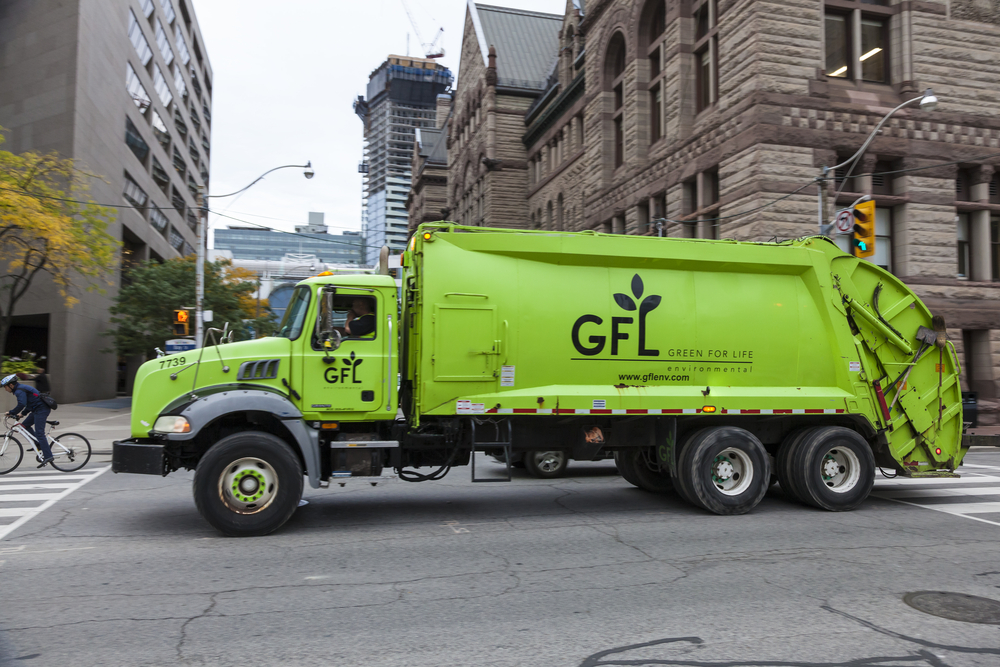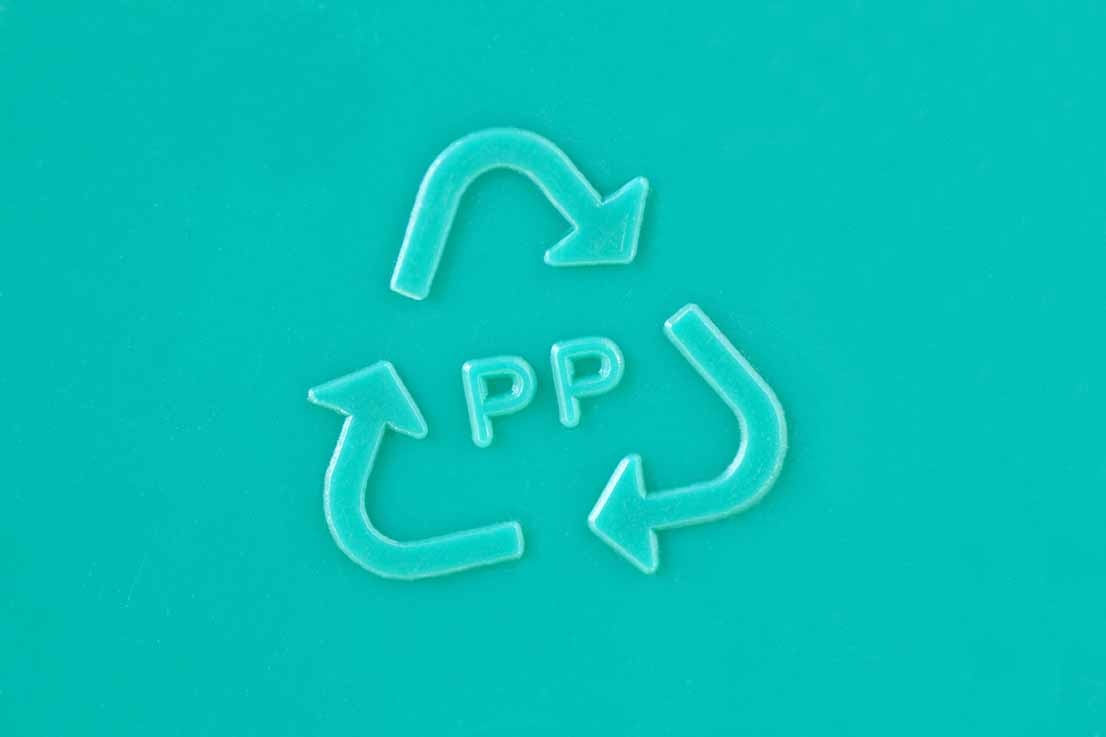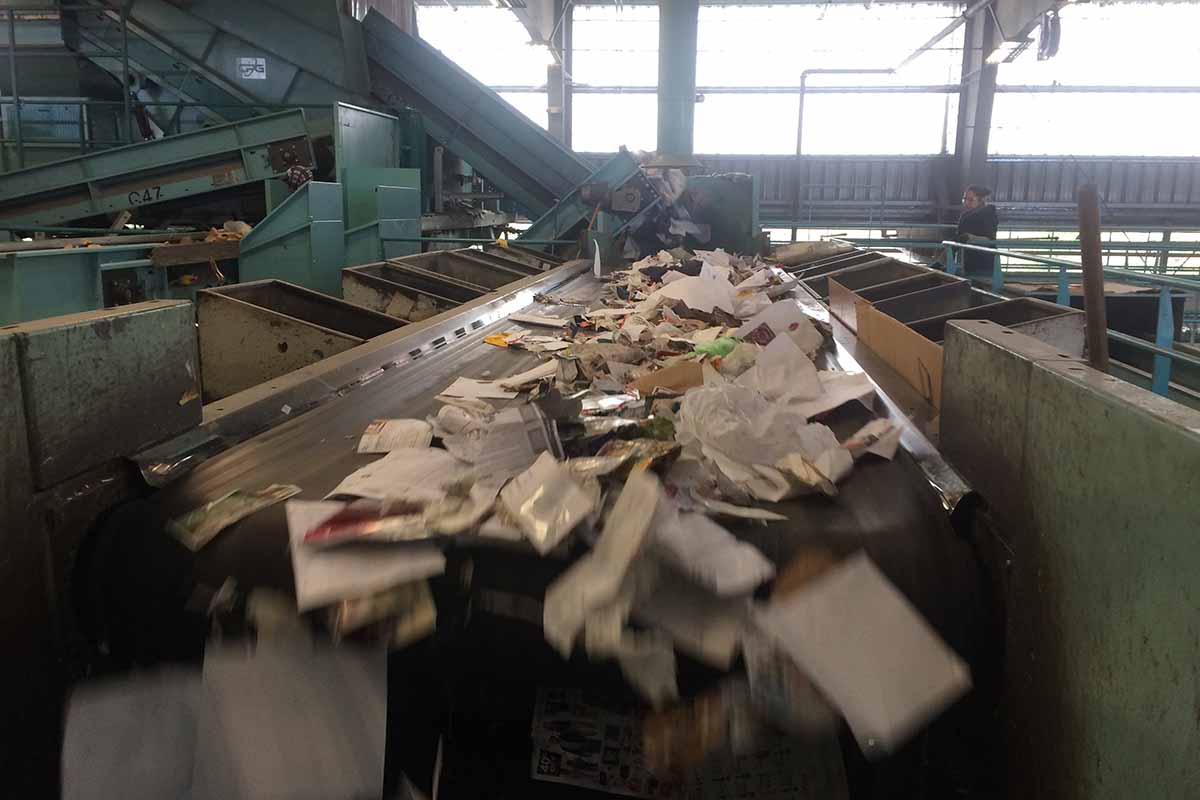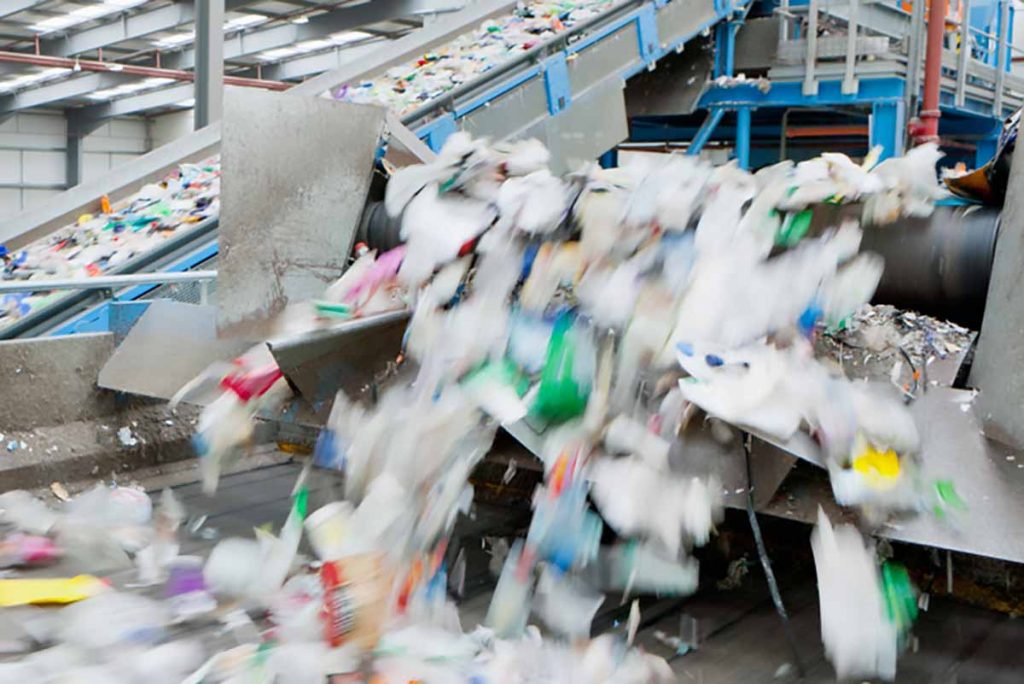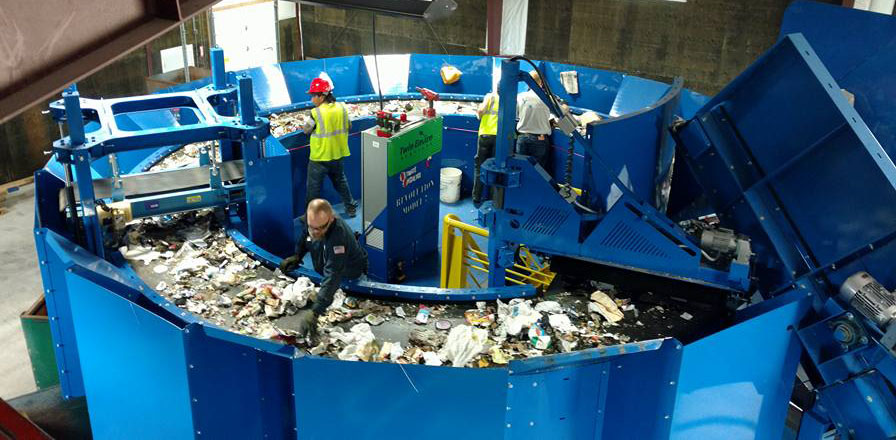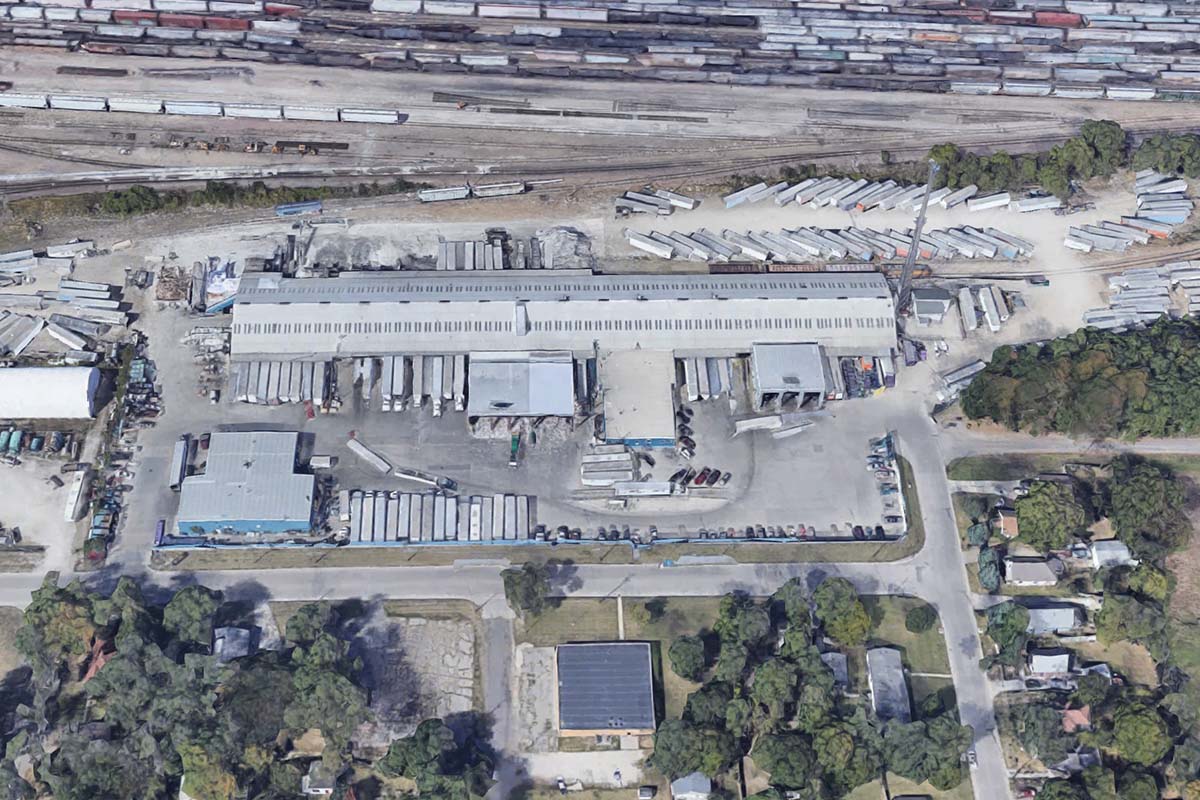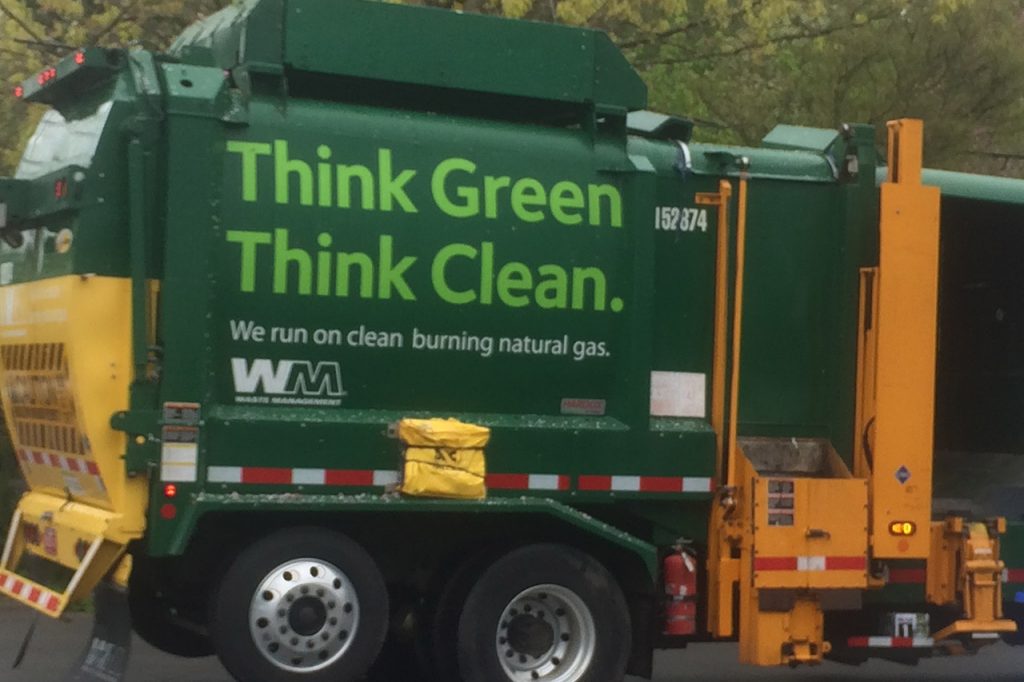
Revenue from Waste Management’s recycling business fell by 20% last year, but earnings were nearly flat. | Dan Leif/Resource Recycling, Inc.
Lower commodity prices continued to batter recycling revenues for the largest garbage and recycling companies last year. But recent moves to charge communities for MRF processing helped soften the financial blow.


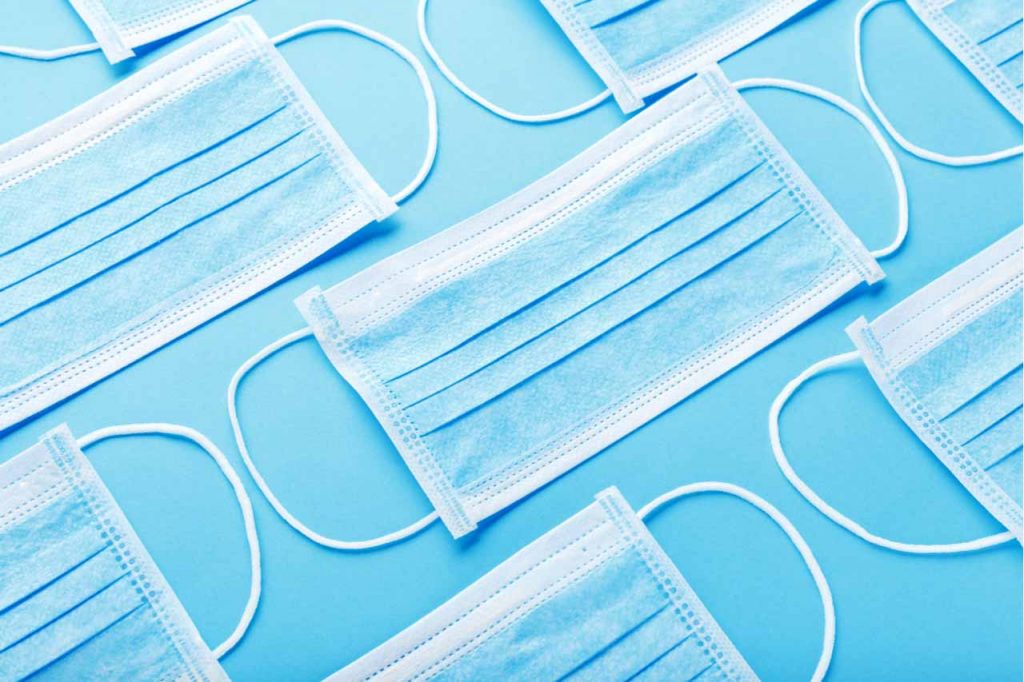
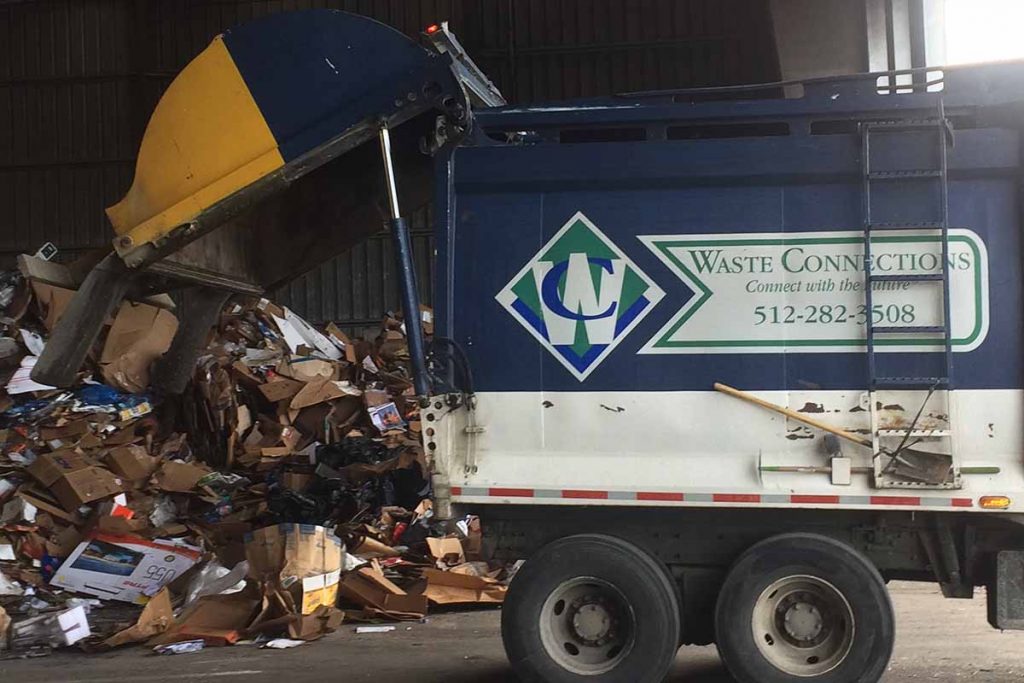
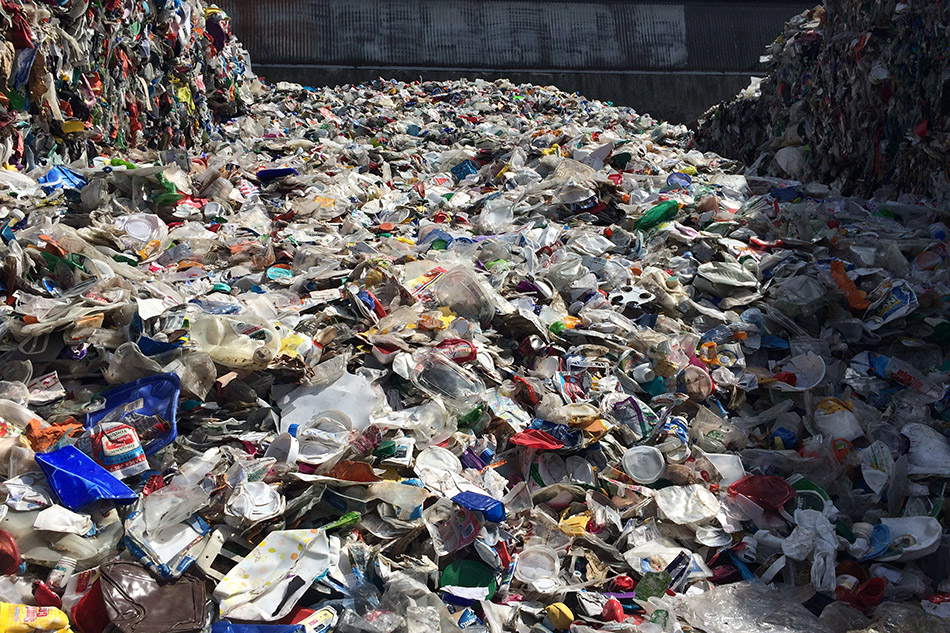 A handful of industry groups and plastics producers are teaming up on a 60-day effort to try to capture a wider variety of materials from the flow of curbside recyclables in Portland, Ore.
A handful of industry groups and plastics producers are teaming up on a 60-day effort to try to capture a wider variety of materials from the flow of curbside recyclables in Portland, Ore.